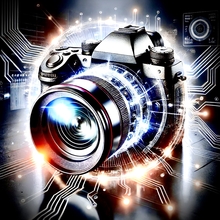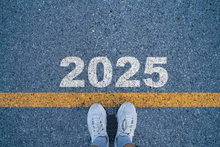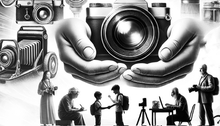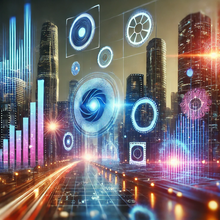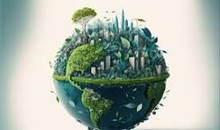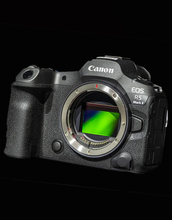I have always worked on the basis that I want to control the camera and not the camera control me. In the days of film it was critical to understand all aspects of the camera and lighting and how to use and control that equipment to work for you.
The photography and filmmaking industries in 2024 have been marked by rapid advancements in technology, shifts in creative trends, and evolving audience expectations. Here are some key takeaways and actionable insights to help move forward effectively into 2025:
1. Embrace AI and Automation
2024 Trends:
PU’s aim is to bring veteran Photographers, Photographers in mid, later and beginning stages of Photography. Students, Graduates, Post graduates,educators, to connect all together through our Facebook community and website. To provide a network, sharing, communicating and supporting all Photographers and film makers in this industry. Communicating how this can be achieved by all of us, including all suppliers.
AI is not inherently a threat to photography, but it is transforming the field in ways that can be both disruptive and empowering, depending on perspective and use case. Here’s a breakdown of how AI impacts photography:
Threats or Challenges
1. Automation of Creative Processes: AI tools can generate photorealistic images or edit photos with minimal effort, potentially diminishing the perceived value of traditional photography skills.
Photographers can make their businesses more sustainable by adopting environmentally-friendly practices, reducing waste, and being mindful of their resource consumption. Here are several ways they can work towards a more sustainable photography business:
1. Switch to Digital Tools and Processes
• Minimize printing by using digital portfolios and client proofing galleries.
The sustainability of the photography industry is complex and varies depending on several factors, from the production of equipment to the practices of photographers themselves. There is also the question of the elements that make up the photo shoot-with regards to production, styling, hair & make-up, catering, etc. Waste is a factor-to minimise waste. Here’s an overview of key aspects affecting its sustainability:
1. Equipment Manufacturing and Disposal
By adding more speed, accuracy and a bunch of new features, Canon has made the EOS R5 Mark II feel more like a new camera series rather than a mere upgrade. A second processor handles the extra burst speed, a stacked sensor minimizes rolling shutter distortions, and the new People Priority and Action Priority modes make it hard to miss a shot. While its buffer memory can struggle a little in some real-world scenarios and Eye Control AF is still hit and miss, the EOS R5 Mark II is arguably Canon's best pro camera yet.
